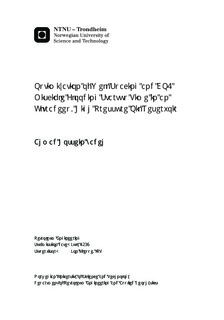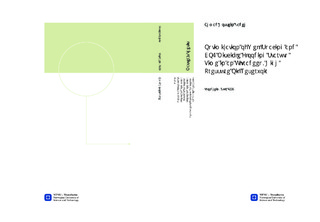| dc.description.abstract | Exploitation of ultradeep, high pressure oil reservoirs is always associated with numerous risks, challenges, and obstacles. One of the most pronounced constraints in development of such fields is the number of wells, which is imposed by massively high cost of drilling. Low number of wells may lead to high pressure isolation regions left after primary production (pressure depletion) of the reservoir. Ultradeep reservoirs with high pressure are more prone to such leftover high pressure isolation regions due to their low permeable characteristic. These high pressure isolation regions can, subsequently, deteriorate the efficiency of enhanced oil recovery (EOR) as the injected fluid cannot access the residual oil in these regions. Therefore, well placement and inter-well spacing optimizations is of greater importance in ultradeep, high pressure oil reservoirs to ensure higher ultimate oil recovery at lower costs. Furthermore, due to high cost of development of ultradeep, high pressure oil reservoirs, the EOR strategy and commencement time for the selected EOR strategy are very critical. The objective of this thesis is to demonstrate how optimization of well placement, well spacing, and startup time for miscible CO2 flooding can enhance the incremental and ultimate oil recoveries in an ultradeep, high pressure oil reservoir. To do this, a synthetic grid model was made to run different simulation scenarios on it. The model was initialized with rock and fluid properties within the range of those in the ultradeep, high pressure Wilcox formation in the Gulf of Mexico to ensure that it mimics an ultradeep, high pressure oil reservoir.The obtained results showed that optimization of well placement, well spacing, and commencement time for any EOR strategy such as miscible CO2 flooding is very critical in the course of making a Field Development Plan (FDP) for an ultradeep, high pressure oil reservoir.The results, discussions, and conclusions were finally used by the author to shed light on potential further work on each of the aforementioned challenges in ultradeep, high pressure oil reservoirs such as Wilcox formation in the Gulf of Mexico. | nb_NO |

